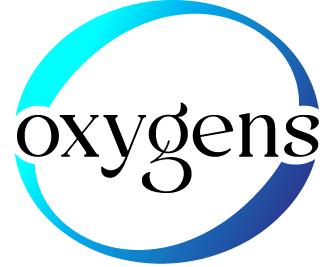Step inside, relax — and let oxygen do the work.
Hyperbaric Oxygen Therapy (HBOT) might sound high-tech, but the experience itself is calm, comfortable, and surprisingly simple. It’s all about helping your body take in more oxygen — and using that oxygen to support natural healing, recovery, and wellbeing.
Let’s walk you through what actually happens when you step inside a hyperbaric chamber.
1. You step inside the chamber
You’ll sit or lie down comfortably inside a soft, pressurised chamber. Most people use the time to rest, listen to music, read, or even nap. It’s a peaceful, enclosed space where you can completely switch off.
2. The chamber gently pressurises
Once the session begins, the chamber slowly fills with air, creating a gentle increase in pressure — usually between 1.3 and 1.5 ATA (that’s only slightly more than what you feel when flying or swimming a few metres underwater).
Your ears may “pop” just like they do on an airplane, which is completely normal and easy to manage by swallowing or yawning.
3. You start breathing concentrated oxygen
You’ll wear a soft mask that supplies oxygen from an oxygen concentrator.
These concentrators produce up to 95% oxygen – the same standard used in hospitals. Inside the chamber, you breathe a mix of concentrated oxygen and chamber air, typically around 60–90% oxygen depending on mask fit and airflow.
Even though that number is lower than 100%, the magic happens because of pressure.
4. Pressure helps your body absorb more oxygen
The increased pressure inside the chamber allows far more oxygen to dissolve directly into your blood plasma — not just in your red blood cells.
This is called Henry’s Law – the higher the pressure, the more gas (oxygen) your body can absorb.
In mild hyperbaric therapy, oxygen levels in the plasma can rise up to 10–20 times higher than normal, reaching tissues that might not get enough oxygen under everyday conditions.
That extra oxygen may help to:
-
Support cellular energy and repair
-
Reduce inflammation and swelling
-
Promote circulation and new tissue growth
-
Enhance recovery and overall wellbeing
5. You simply relax and breathe
During your session (usually 60–90 minutes), all you do is relax and breathe normally. The chamber maintains gentle pressure while the concentrator continues to supply fresh oxygen.
Many people find it deeply calming – like a power nap with extra oxygen.
6. The chamber slowly depressurises
At the end of the session, the pressure gradually returns to normal. Your ears may pop again briefly, and you’ll feel refreshed and alert once you step out.
There’s no downtime – you can go straight back to your normal routine feeling clear-headed, re-energised, and oxygenated.
7. What your body gains
After a series of sessions, users often report benefits such as:
-
Improved energy and mental clarity
-
Faster recovery from exercise or injury
-
Better sleep and relaxation
-
Reduced inflammation or swelling
-
A general sense of wellbeing and balance
In simple terms
Hyperbaric oxygen therapy doesn’t add anything artificial – it simply gives your body more of what it already uses to heal and restore itself: oxygen.
It is thought that by increasing both oxygen purity and pressure, HBOT helps your body absorb more oxygen, deliver it deeper into tissues, and use it more effectively – naturally supporting your body’s repair and recovery systems.
